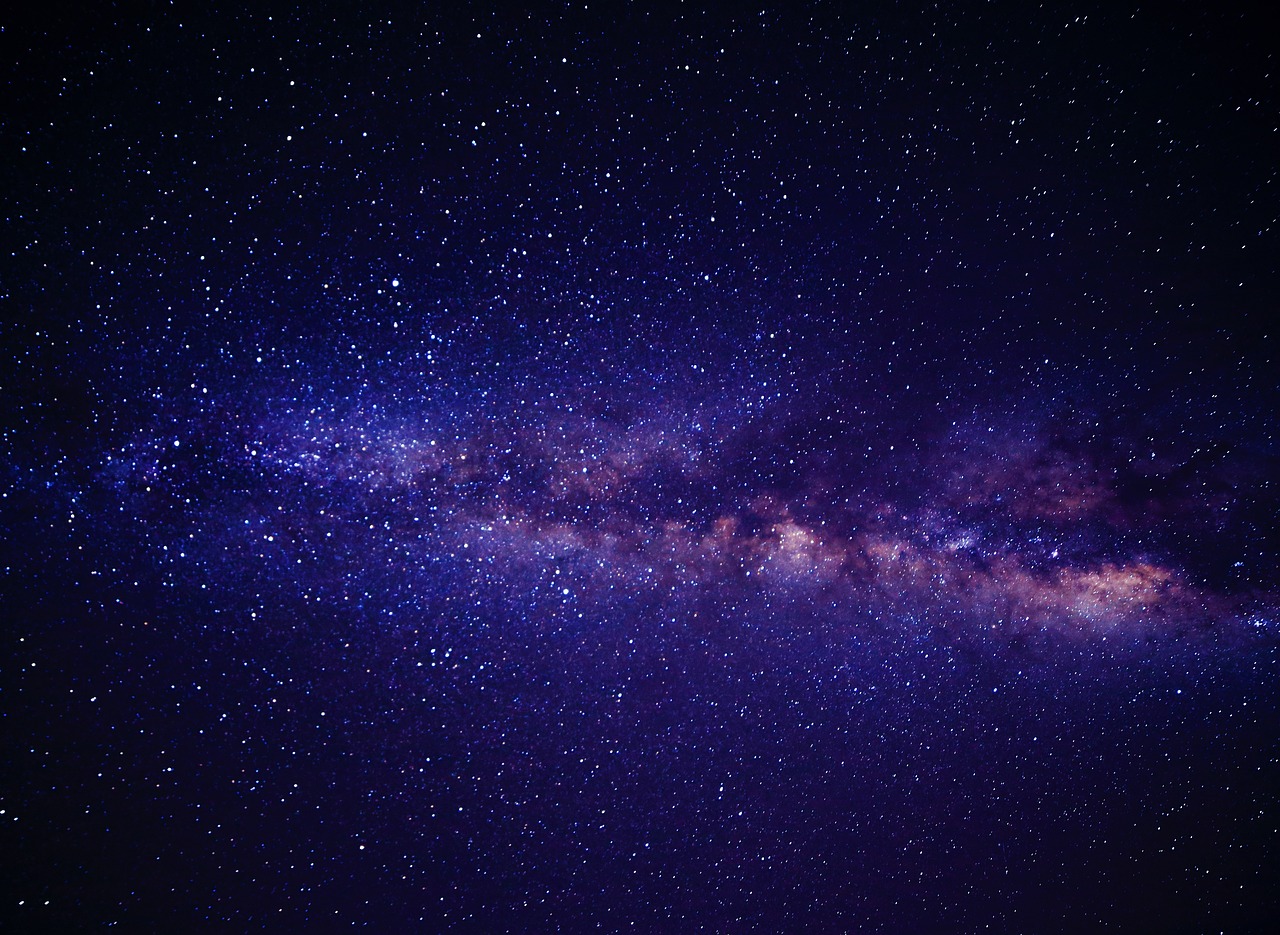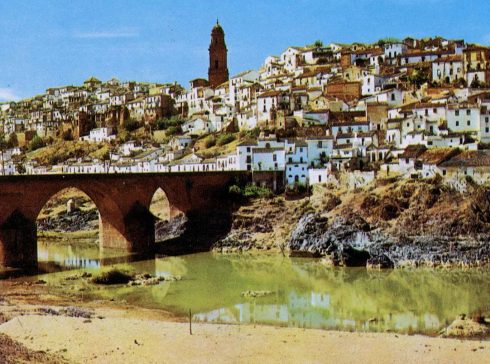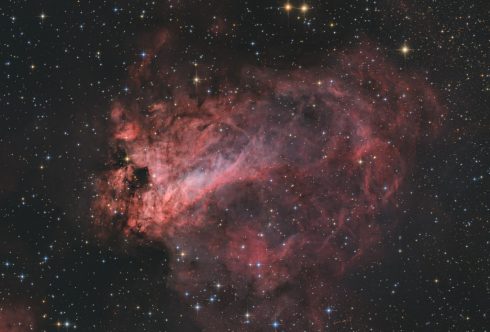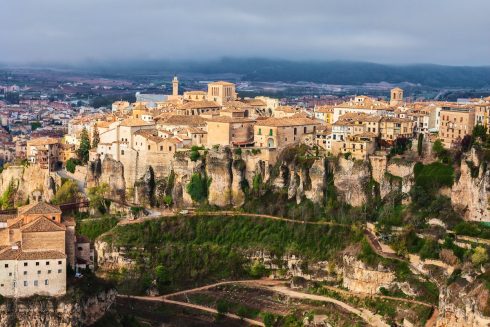IN the heart of Andalucía, a region known for its rich history, stunning landscapes, and vibrant culture, lies a hidden treasure that beckons both stargazers and curious adventurers alike.
Andalucia, with its diverse geography and limited light pollution, has carved out celestial havens known as Starlight Sanctuaries.
These carefully designated areas offer an unobstructed view of the night sky, providing an ideal canvas for anyone eager to explore the mysteries and beauty of the universe.
Additional reporting Emily Grimsey
Sierra Morena: A Celestial Canvas

One of the crown jewels of Andalucia’s Starlight Sanctuaries is Sierra Morena, a pristine expanse that enchants visitors with its resplendent night sky. Over 60% of its nights remain untouched by light pollution, allowing the night sky to reveal stars and celestial bodies in all their glory.
The largest Starlight Reserve and tourist destination in the world, Sierra Morena’s celestial canvas stretches for 400 kilometres, adorned with breathtaking vantage points that make stargazers feel intimately connected to the vast cosmos.
The project to create the largest starlight reserve began in 2013, and the long stretch starts along the border of Portugal, taking in Huelva, Sevilla and Cordoba provinces before ending at the foothills of Sierra de Segura in Jaén. That 400,000 hectare area incorporates 57 municipalities, and six nature reserves: Despeñaperros Nature Reserve Sierra de Andújar Nature Reserve, Cardeña y Montoro Nature Reserve Sierra de Hornachuelos Nature Reserve, Sierra Norte de Sevillla Nature Reserve, and the Sierra de Aracena y Picos de Aroche Nature Reserve.
Throughout, there’s a high-quality tourist infrastructure welcoming professional and amateur astronomers alike. You’ll find a comprehensive network of strategically located lookout points where you can enjoy the extraordinary bright stars, along with astronomical information activities and specialised services.
Experience Sierra Morena for yourself

The town of Montoro is a great place to start, just 8 km east of the observation point, Molino de la Nava. Stay at Hotel Molino La Nava is a country house and restored 18th century olive oil mill just a short walk from Montoro that’s surrounded by nature.
A short drive along the A4 and down exit 364 takes you to Adamuz a town filled with olive trees. The mountainous topography of Adamuz provides an excellent viewpoint at night whilst the many grand churches and the clocktower will give you plenty to do in the day. There’s good accommodation here too, at the family-run hostel, Hostal San Andrés.
A drive of an hour and a half from Adamuz takes you to Obejo, a small town perched on a hill in the heart of Sierra Morena.
The Shrine to San Benito is one of the best paces to see the stars in the area, there is also a viewpoint at the southern end of the town that allows you to see the entire town.
Other attractive towns in Sierra Morena include Villaharta, Espiel, Villanueva del Rey, Villaviciosa de Córdoba and Hornachuelos, and are all worth a visit. Sierra Morena borders on natural park Sierra de Hornachuelos home to one of the largest black vulture colonies in Andalusia.

What you can expect to see
Stargazing can be an all year round activity with certain stars being more visible in certain seasons. When the skies are darker in winter you should be able to see Orion or Sicios. In the summer constellations like Leo or Virgo are visible to the naked eye but with a telescope you could be looking at Nubolosa Omega.

Journey through the Provinces: Jaén and Cordoba
Jaén, with its exclusive Starlight destinations such as Alcala la Real and Los Villares, offers a unique blend of cultural heritage and astronomical marvels. The Sierra Sur de Jaen hosts associations like the Hubble Astronomical Association and the Einstein Astronomy Association, curating a year-round calendar of celestial events, tours and courses that captivate enthusiasts.
Cordoba’s Starlight-certified haven includes six municipalities—Belmez, Peñarroya-Pueblonuevo, Fuente Obejuna, Valsequillo, La Granjuela, and Los Blazquez—alongside a cluster of 17 smaller hamlets where light pollution wanes, offering strategic viewpoints for stargazing.
Additionally, the village of Piconcillo, boasts its own astronomical society and observatory, allowing visitors to immerse themselves in the beauty of the night sky.
Beyond the Stars
The Starlight Sanctuaries of Andalucia offer more than just a glimpse of the night sky. They invite travellers to embrace the ethereal beauty of their surroundings and foster a deeper connection with the natural world.
These sanctuaries also serve as a reminder of our responsibility to promote efforts to reduce light pollution, protect the night sky, and ensure the sustainability of tourism for the generations to come.
For full information on astronomy and earthly attractions in Sierra Morena, visit the Starlight Foundation.
READ MORE:
- Time-Travel Experience: Malaga’s Ancient Roman Spa with Over 2000 Years of History, Still Open for Bathing!
- EXPLORING SPAIN: Travelling an Unspoilt Coastline
Click here to read more Environment News from The Olive Press.








